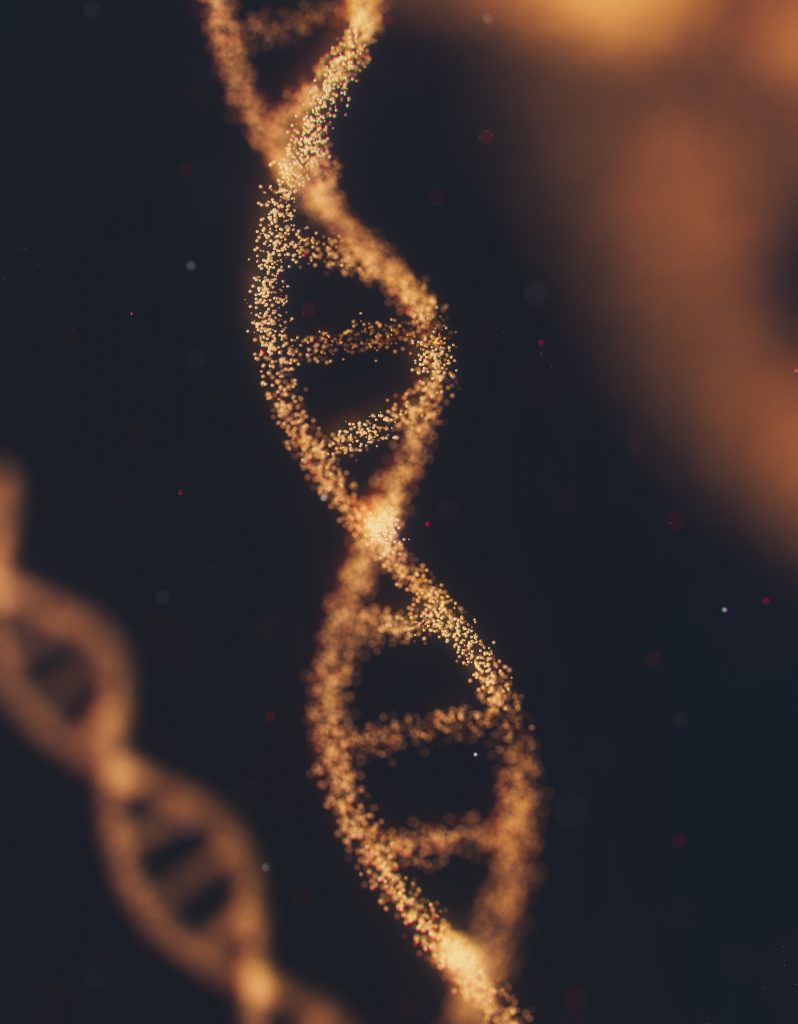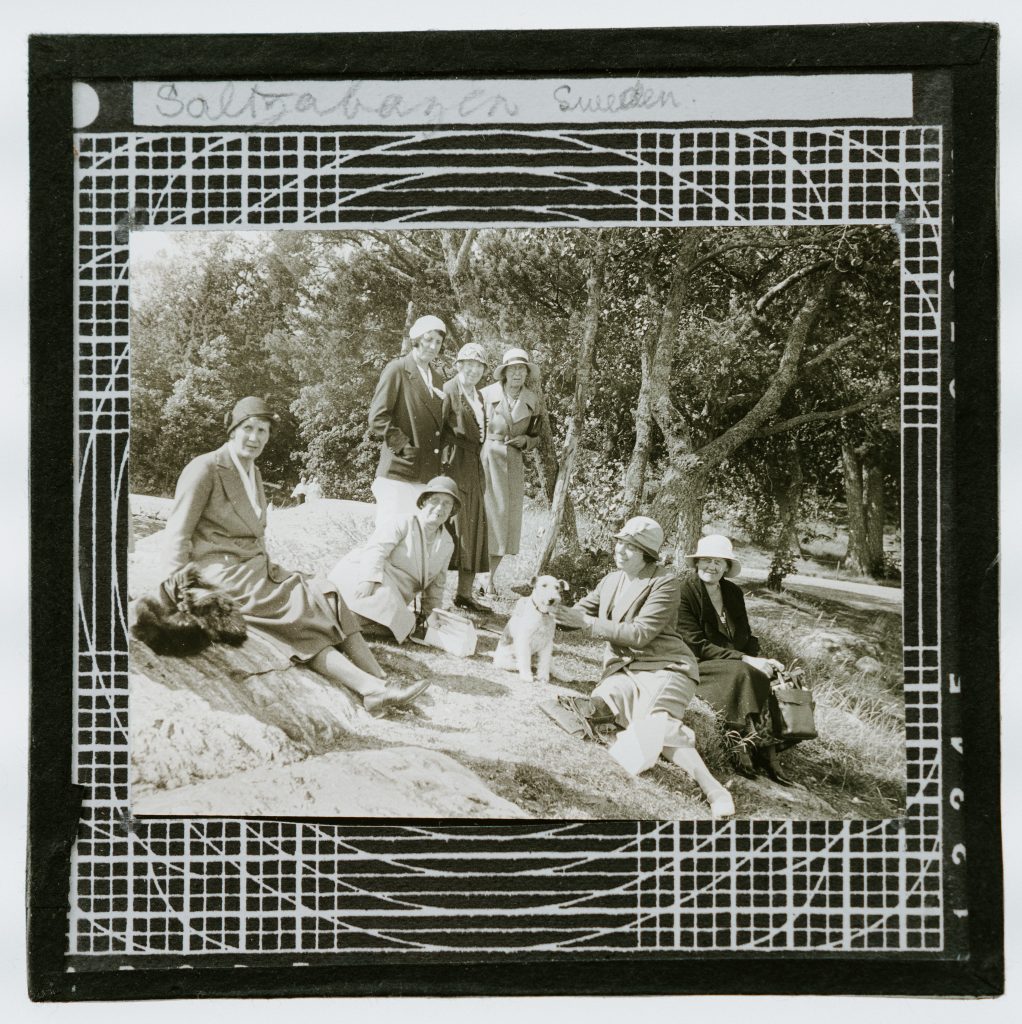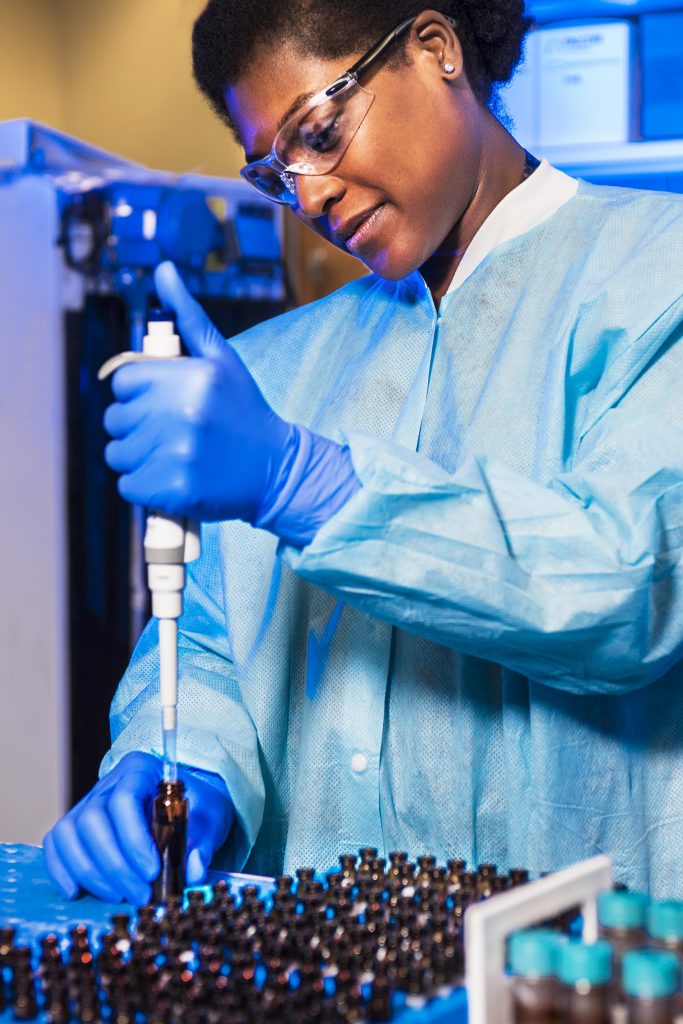By Lisa Black
Forensic genetic genealogy burst into the American lexicon in 2018 with the identification of the Golden State Killer, but the methodology had been around for decades. It was developed not to find the perverse and violent, but the loved.
Around the turn of the millennium, companies like FamilyTreeDNA, MyHeritage, 23andMe began to market direct-to-consumer DNA test kits. Meanwhile, governments and agencies had been digitizing their old records, making all sorts of things like death certificates and obituaries available online. Consumers, it turned out, had a voracious appetite for tracing their family history, confirming stories they’d heard as children, wondering if their roots snaked across oceans, and tracking down those who might have been lost along the way through adoptions, family breakups, wars or disasters.
But how?

A centimorgan (which is a real thing, despite sounding like something out of a bad science fiction movie) is a measure of how much DNA people share. A parent-child match is around 3500 (50%) whereas a second cousin is likely 240 or so. You and your second cousin would have a great-grandparent in common.
Running your DNA through a clearinghouse would likely result in hundreds of third and fourth cousins. From this, a genealogist can find those who match the unknown sample at the same segment of DNA—at least two, but more are better to narrow down the possibilities. For if two people and the unknown share the same DNA at the same segment, then all three people have a common ancestor.
Next, we need to find out who that ancestor is. This requires lots of phone calls and emails to these third and fourth cousins, asking for their help and cooperation. Many will not respond, but many will. Lucky genealogists will find one who is not only willing but who has already traced the family’s tree and can provide it. However, as Barbara Rae-Venter pointed out in her excellent book I Know Who You Are, every person placed in the family tree you’re constructing must be checked and double-checked. A tree might be based on stories and memories, which are not always accurate. Adoptions, affairs, and name changes can result in weeks or months lost tracing the wrong family. This is not work that’s done with the tap of a keyboard as in a TV show. It is exacting, precise and incredibly time-consuming.
But once this most recent common ancestor has been identified, we can start working forward. All of their descendants must be found and put in the tree.
Somewhere in there is your unknown.

With this tree you can begin eliminating, based on gender, age, location, occupation and so on. Phenotype information from the same DNA—what color eyes or hair the unknown is likely to have—can narrow the pool more and more until only one is left. The father you never knew. The sister your mother adopted out because she didn’t have the resources at that time to raise a child. The serial rapist who terrorized a neighborhood for decades.

The technology and success stories are amazing—but, of course, not all roses and unicorns. There are complicated arguments for the right to one’s DNA privacy versus the right of society to be safe from predators. Long-lost family members aren’t always welcomed with open arms. Shaking the family tree can drop bombs one didn’t expect.
But then there are cases like Lisa Jensen, abducted as a child, finally being able to meet her relatives and know that which is so basic to all of us—her own name.

Readers, how do you feel about the forensic use of public DNA databases?
















































This is all so fascinating. I have to admit I have never checked DNA or Ancestor websites, though I probably should. You are such an expert on all of this, Lisa. No wonder they often ask you to testify in court – and write such great novels!
I hadn’t heard of Lisa Jensen, but it’s relevant to some research I’m doing, so thanks for the tip! I have a relative who does a lot of this kind of searching. Exacting is right!
I’m very lucky to already have my family tree going back at least 4 generations. My cousin researched it on my mother’s side while in med school and my uncle did so on my father’s side.